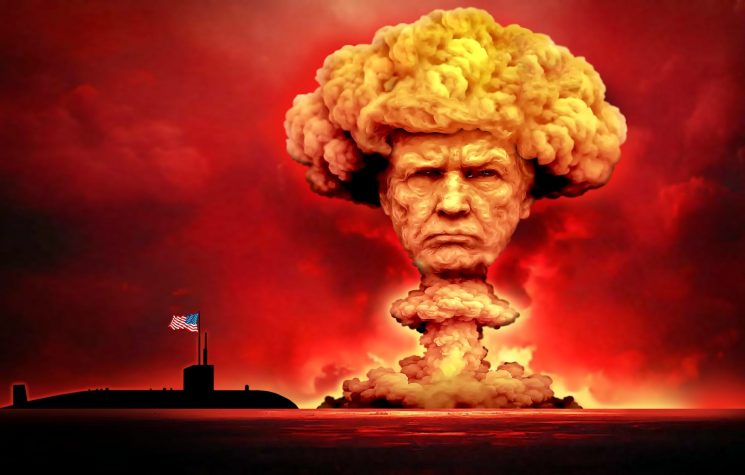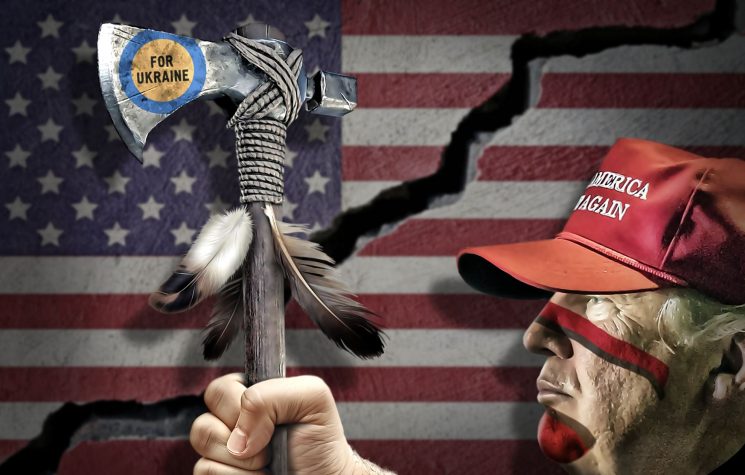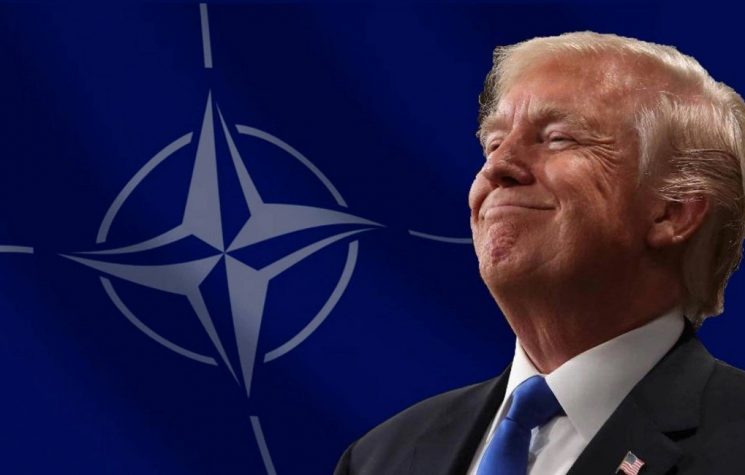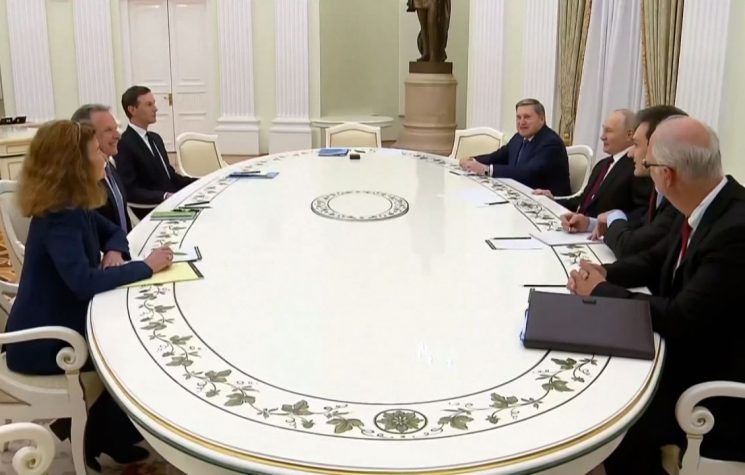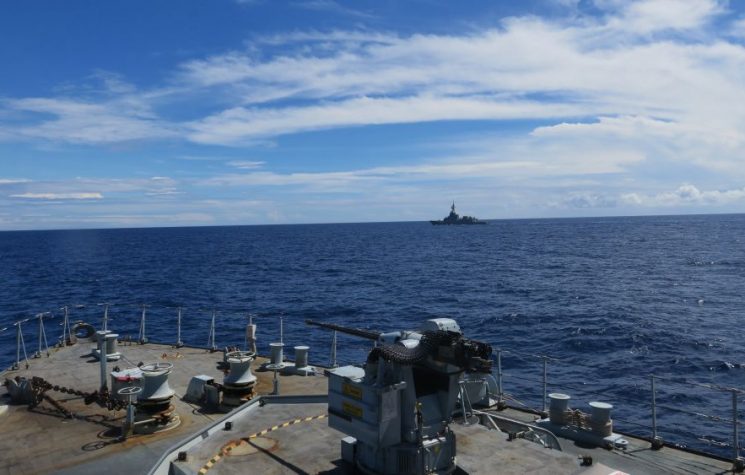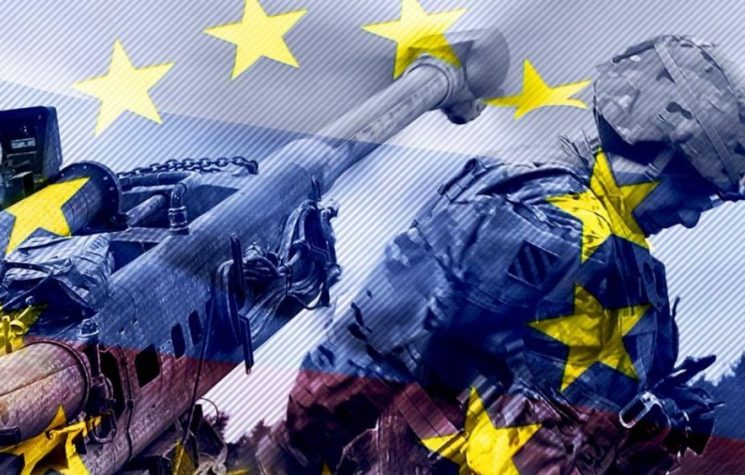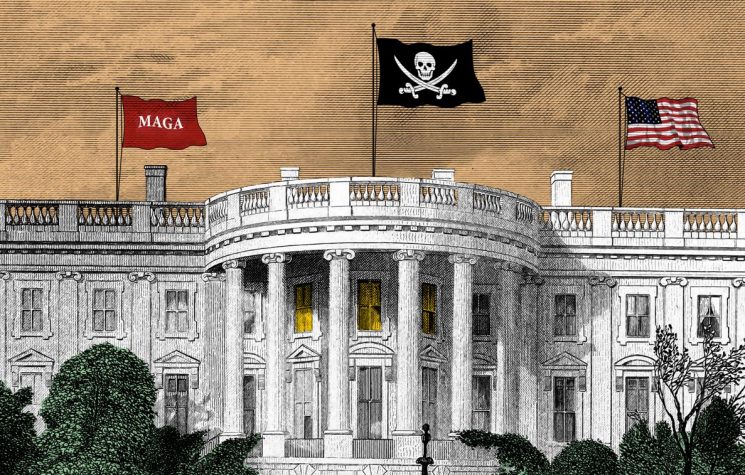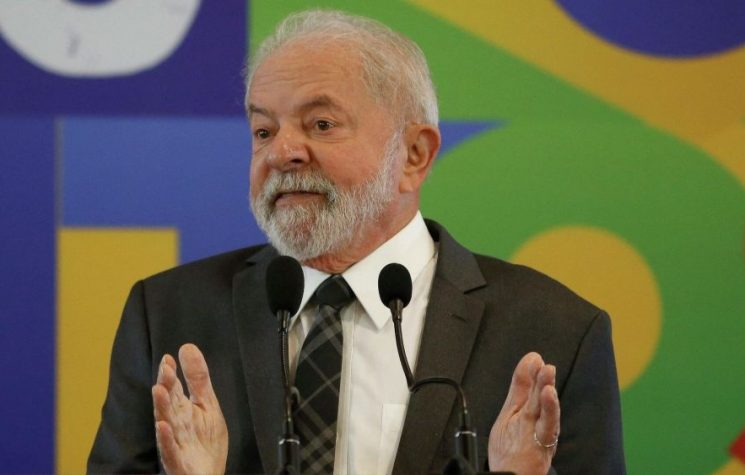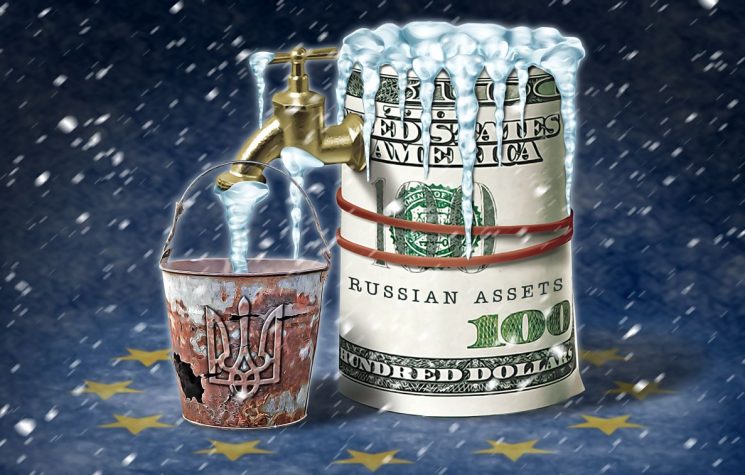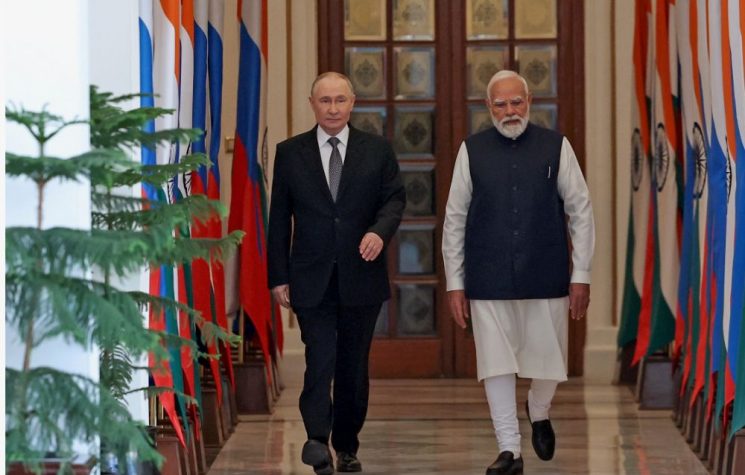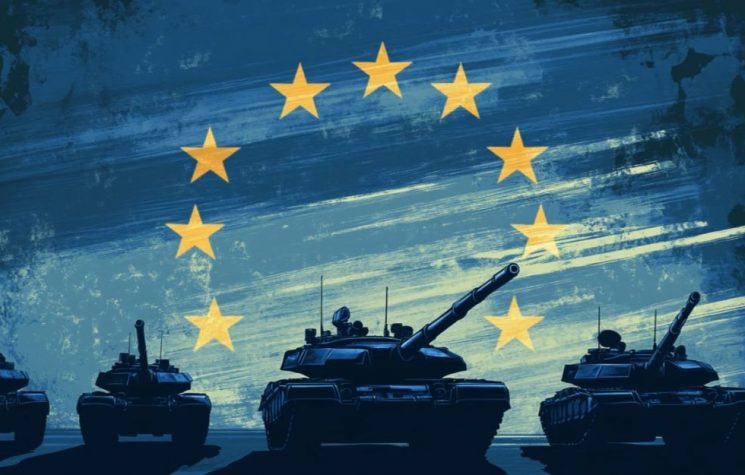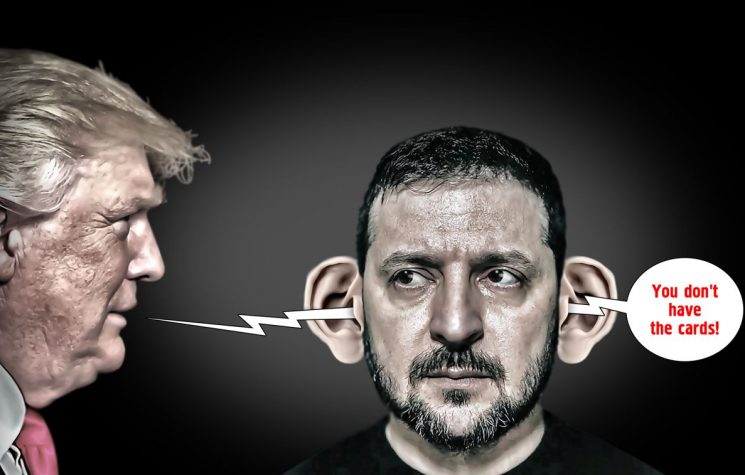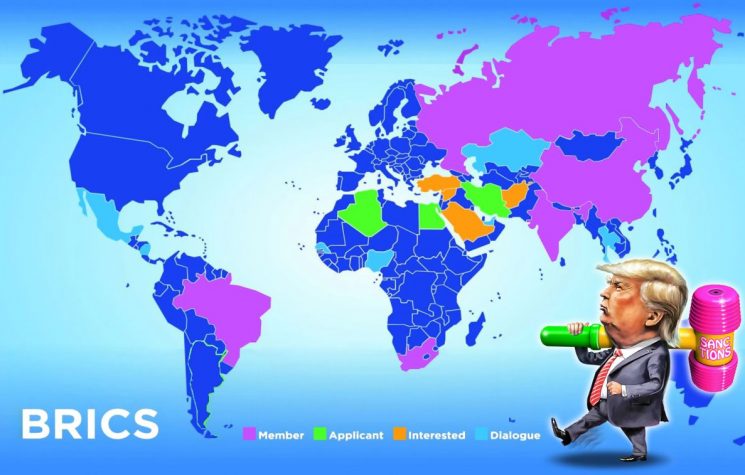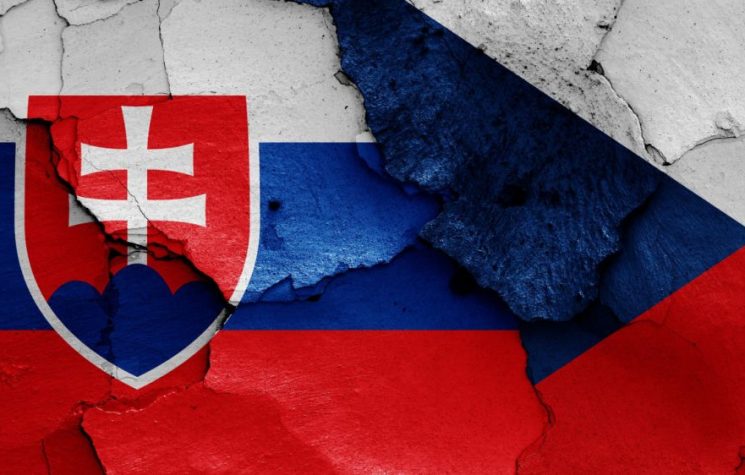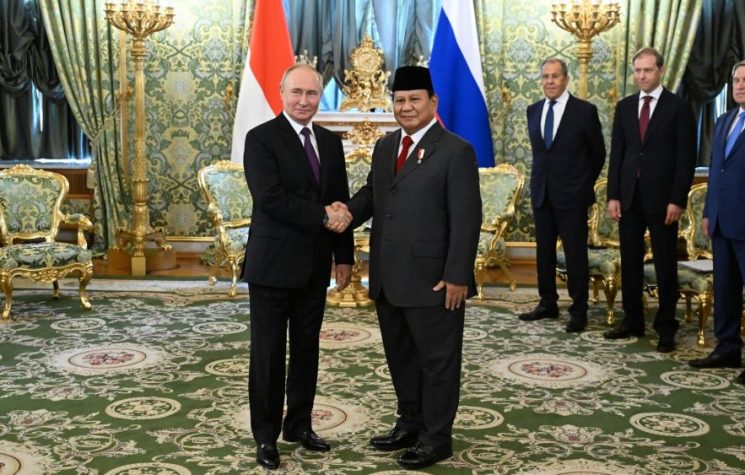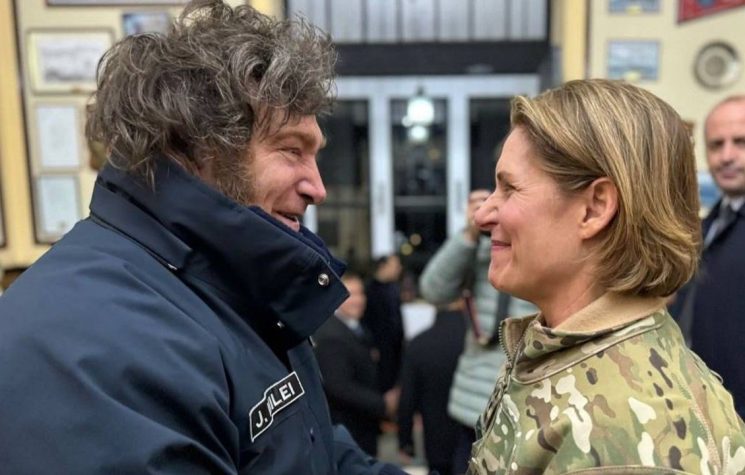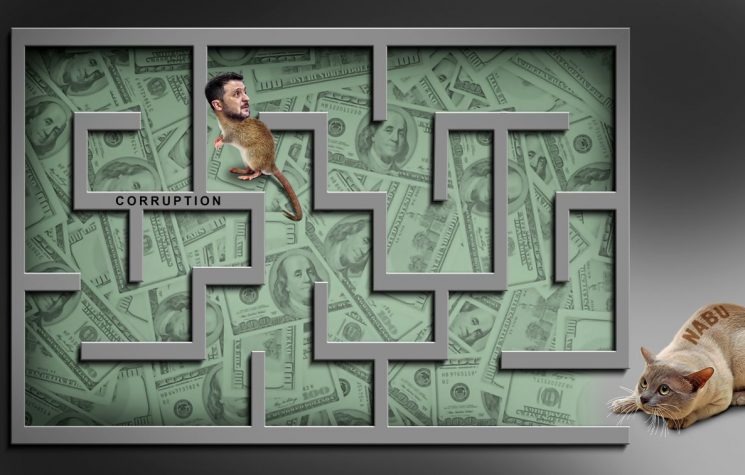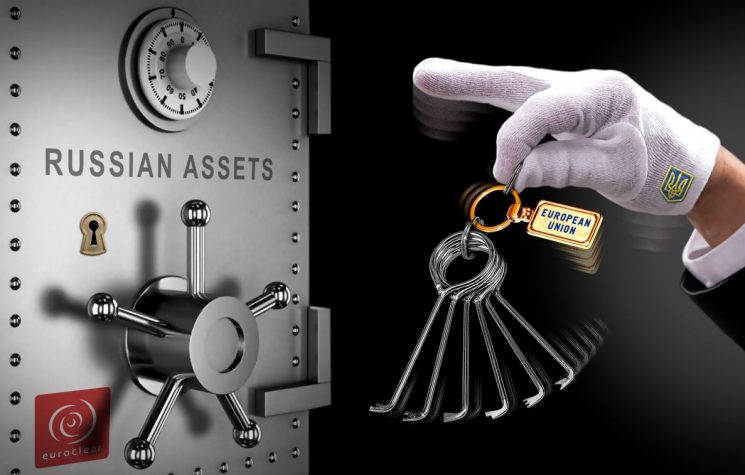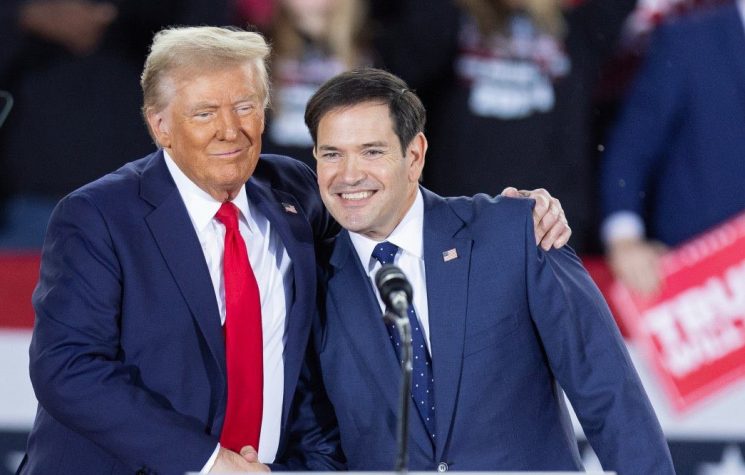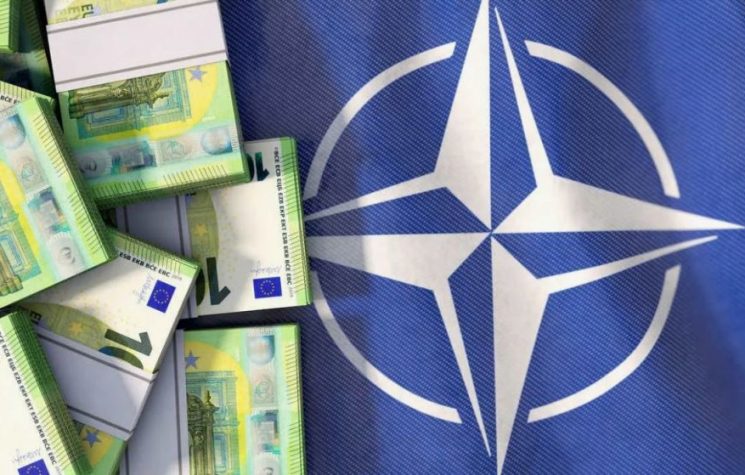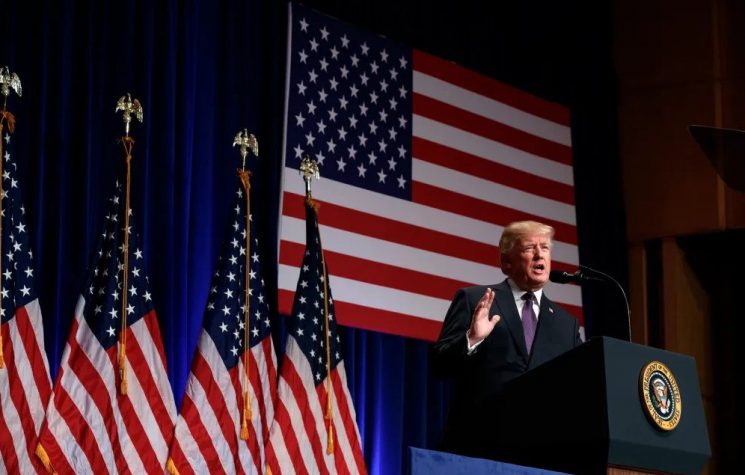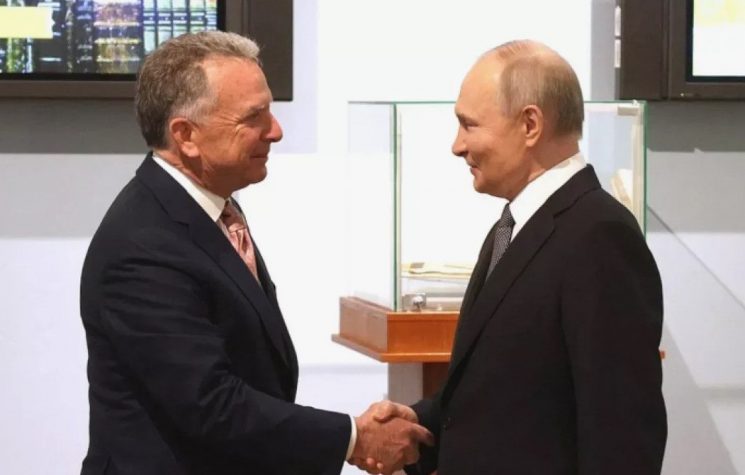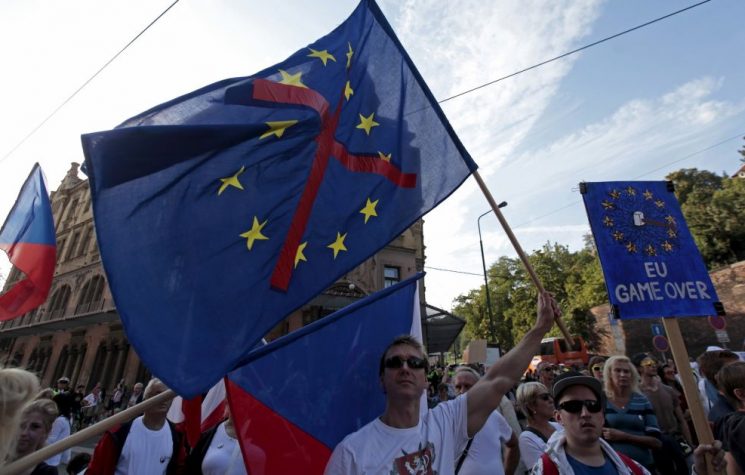One might hope that Trump can retain some common sense and restrain the transatlantic War Party.
Join us on Telegram![]() , Twitter
, Twitter![]() , and VK
, and VK![]() .
.
Contact us: info@strategic-culture.su
For more than a month, U.S. President Donald Trump has been conjuring with the idea of supplying nuclear-capable Tomahawk cruise missiles to Ukraine. This week, however, he told reporters that he had backed away from the prospect.
Several weeks ago, shortly after Trump announced he was considering arming Ukraine with Tomahawks, our weekly editorial on October 3 warned that “all bets are off for a peace deal”. We contended that the American president, by considering such a move, was not genuine in his diplomatic efforts to end the nearly four-year conflict. “Trump is acting as a big-mouth poker player who has very few cards to play… betting that his boorish tough talk and the hype about sending Tomahawks to Ukraine… will somehow intimidate Russia to sit at the negotiating table and accept a half-baked peace deal.”
Moscow has not been intimidated to rush a peace deal on Trump’s or NATO’s terms of an immediate ceasefire, insisting instead that a resolution to the conflict must involve a substantive international security treaty and the eradication of root causes, including the Nazi nature of the Kiev regime and NATO’s historic expansionism.
When Trump was asked this week if he was still considering supplying the iconic missile to Ukraine, he said: “No, not really.”
That was after weeks of demurring; he might, he might not, we’ll see, and so on. What changed his mind?
In the last phone call between Trump and Russian leader Vladimir Putin, on October 16, it was reported that Putin sternly warned that supplying Ukraine with Tomahawks was an escalation too far. He indicated that the weapon would not change the battlefield situation in Ukraine’s favor but that it would bring the U.S. and Russia directly into confrontation.
Sixty-three years after the Cuban Missile Crisis in October 1962, with John F Kennedy and Soviet leader Nikita Khrushchev, this was an uncanny echo of that critical moment when the world faced nuclear war.
Trump subsequently claimed that he asked Putin, “Would you mind if I send Tomahawks to Ukraine?” We can only imagine Putin’s terse response.
The lame question from Trump suggests that the American president was not actually serious about the proposal and that the whole prior and subsequent reporting of his musings was a bluff aimed at unnerving Moscow.
The Tomahawk has a range of about 2,000-2,500 km and is capable of carrying a nuclear warhead. It would also require U.S. participation to launch it from Ukrainian territory. If the missile were fired at St Petersburg or Moscow, Russia would have no choice but to consider it a possible preemptive nuclear attack.
Thus, it is averred, Trump was told that if he went ahead with his insane idea to supply Ukraine, then he had better be prepared to accept responsibility for starting World War III.
The day after the phone call with Putin, on October 17, Trump hosted the Ukrainian puppet president at the White House, whereupon Trump started backpedaling on the Tomahawks. He said that the U.S. needs to retain stockpiles for its own security interests and may not be able to supply Ukraine. “We need Tomahawks for the United States, too. We can’t deplete our country,” said Trump.
Though pointedly, last week, the Pentagon announced that there were no inventory limitations and that the White House was clear to send Tomahawks to Ukraine if President Trump made that determination.
Well, it looks like Trump has chosen caution to be the better part of valor, or should we say, bluffing. At least for now, anyway.
Still, the insanity of NATO’s war psychosis is always looming. Trump’s erratic and egotistical whims make him an unreliable interlocutor.
Following his “disappointing” meeting with the Ukrainian puppet, Vladimir Zelensky, last month, the European NATO warmongers have stepped up lobbying for the Tomahawks. NATO chief Mark Rutte met with Trump in the White House on October 22 to discuss the matter, no doubt reflecting the anxiety of the European elite that Trump was going soft on the idea.
This week, the former NATO chief, Anders Fogh Rasmussen, came up with the scheme of Germany supplying its Taurus cruise missiles to Ukraine as a way to pressure Trump to follow up with Tomahawks.
Ukraine’s ambassador to Washington, Olha Stefanishyna, also reportedly claimed that “discussions” with the Trump administration for the cruise missile are “still ongoing”.
In this context, there are reports of British intelligence working on a false-flag provocation to blow up the Zaporozyhe Nuclear Power Plant, the biggest civilian plant in Europe, causing mass casualties and blaming it on Russia, even though Russia is in control of the ZNPP. Such an extreme provocation could be used to sway the White House.
For now, it seems, Trump has encountered the uncomfortable reality of his and NATO’s psychological games by desisting from supplying Tomahawks to Ukraine.
Similar reality checks are going on elsewhere. The imminent defeat of NATO’s Ukrainian proxy army in Pokrovsk (Krasnoarmeysk) and Kupyansk is one such rude awakening from NATO’s illusions that Western media have been spinning for the past four years. Only last month, Trump was talking about green-lighting a counter-offensive by Ukraine against Russia and taking back territory.
Pertinent, too, was the unveiling last week of Russia’s breakthrough nuclear-capable weapons, the Burevestnik cruise missile that can fly unlimited distances, and the Poseidon torpedo, both of which are invulnerable to U.S. defenses. That would also seem to be a moment of realization for the NATO warmongers that their fantasies of defeating Russia are futile.
Another dousing with cold water is the potential deployment of Russian hypersonic missiles in Venezuela to upgrade the Latin American country’s air defenses amid U.S. aggression. It is reported this week that Trump is now having second thoughts about his (illegal) threats to attack Venezuela, fearing the military operation could end in abject failure with deaths of U.S. servicemen, at a time when voters are souring big time on the 47th president.
Bullies usually only operate with impunity and delusions about their strength until reality punches them in the face.
Trump’s throwing around the idea of Tomahawks to Ukraine seems to have hit him like a boomerang. One might hope that he can retain some common sense and restrain the transatlantic War Party.











